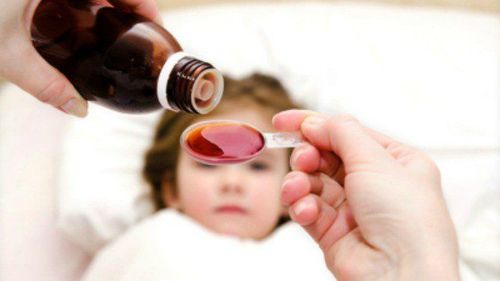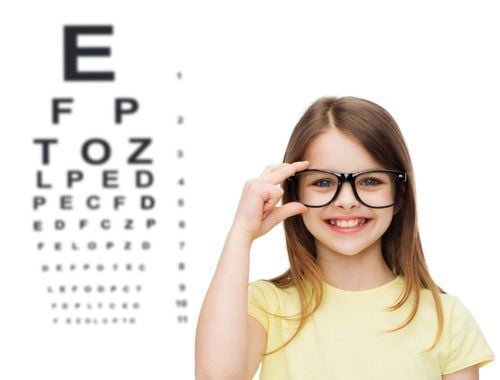This is an automatically translated article.
The article was professionally consulted by Doctor Nguyen Thai Ngoc Chau - Department of Pediatrics - Neonatology, Vinmec Phu Quoc International General Hospital.The most common refractive errors in young children are nearsightedness, farsightedness, astigmatism and refractive error... in which the percentage of children with myopia accounts for the highest percentage. This is a huge risk that affects the learning, as well as the normal daily activities of young children.
1. Common refractive errors
In recent years, refractive errors are increasing in extent and number of cases. By 2050, an estimated 49.8% of the world's population, or more than 4 billion people, may have nearsightedness, according to the World In-depth Study.More worrisome, the high prevalence of myopia will lead to posterior segment degeneration of the eyeball and vision loss accounting for nearly one billion of these people. Vision loss due to high myopia is likely to become the leading cause of visual impairment in the world.
Many experts have warned that children suffering from eye diseases including refractive errors can strongly affect the psychology of young children. Many children, because of refractive errors, are not confident when they go to school, have low self-esteem, and are teased by their peers. Not to mention, having refractive errors also makes children's daily activities more difficult.
1.1.Myopia Currently, scientists have not determined the specific cause of myopia, but there are many factors related to myopia, including children watching TV, playing video games and using computer games. use the internet too much. In addition, it is due to the lack of light in the classroom, incorrect sitting and reading posture, inappropriate tables and chairs, no anti-glare boards, polluted environment, unreasonable study and reading time, eating and drinking. Not enough nutrients and also due to genetic causes...
When children are nearsighted, they often have to squint to see, causing eye strain, eyelid twitching or cross-eyed, gradually losing the two-eye vision coordination. Dangerous complications of myopia can cause cataracts, retinal degeneration, retinal detachment leading to blindness.
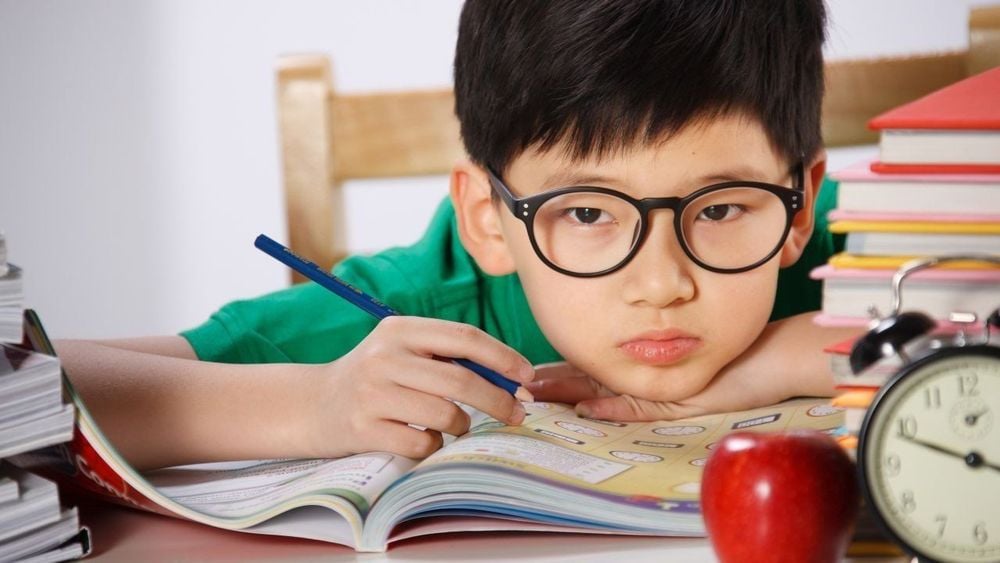
In young children, most of them only find out when the child starts school, the teacher sees that the words on the board are wrong or is poor... then they go to the doctor and wear glasses. Therefore, when parents see their children, there are phenomena such as: children sitting too close to the TV; reading books, stories too close; children squint their eyes; tilt or turn your head to see clearly; children squint when looking away or tilting their head to watch TV; children often have eye fatigue, headache, watery eyes; often dislikes activities that involve farsightedness; family with grandparents, parents, or siblings with myopia; children with a history of premature birth... need to take them to an eye specialist medical facility for timely examination, detection and treatment of refractive errors in general and myopia in particular to avoid complications due to defects caused by refraction.
Both forms of myopia (congenital or acquired) tend to increase rapidly, so it is necessary to take children to have regular refractive tests, periodically every 6-12 months depending on the progression of myopia. display to change the appropriate spectacles measurement.
To treat myopia in children, the most popular, convenient, easy and inexpensive method is wearing glasses. Alternatively, contact lenses can be used. In our country, only Laser Excimer is used to treat myopia for people 18 years of age and older.
1.2.Presbyopia The opposite of nearsightedness is farsightedness. People with farsightedness will see clearly at a distance, but if they have severe farsightedness, they will have blurred vision both when seeing far and near. A farsighted eye is an eye that has a shorter than normal eyeball and where the image of the object is located behind the retina.
In young children in the early years often have physiological farsightedness and do not need to wear glasses, because the eyes have the ability to self-correct. However, when the degree of farsightedness exceeds the ability of the eye to accommodate, it can cause blurred vision, crossed eyes. Children with farsightedness often feel uncomfortable, have headaches, or have to squint to see... Because presbyopia often causes amblyopia and can be a factor causing accommodation strabismus, it needs to be detected early. and prompt treatment.
Correcting presbyopia by wearing converging glasses (usually denoted by a plus sign in front of the number of glasses) to bring the image of the object to the correct retina and then the patient can see clearly.
1.3.Astigmatism
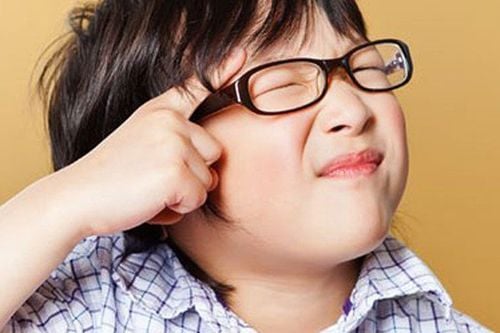
1.4.Refractive error Refractive error is a phenomenon where there is a difference in refraction between two eyes, which can be one eye near and far in the other, or both eyes are nearsighted or far away, but differ in degree. Sometimes one eye is correct and the other eye is simple myopia, simple farsightedness, or astigmatism or astigmatism.
This is most likely to cause amblyopia because vision in the eye with the larger refractive error develops abnormally. And, in the treatment, in addition to wearing glasses, sometimes a blindfold is necessary to ensure that both eyes can see clearly.
2. Refractive eye exam should be done early and periodically
Refractive eye exams should be done as early as 3 years old. After that, refractive eye exams need to be performed periodically every 6 months - 1 year, or re-examined according to the doctor's appointment. The reason why children should be examined for refraction is from the age of 3, parents should not leave it later because at this age, even though they have refractive errors, children do not know how to tell their parents about their vision status. In particular, if a child has astigmatism or farsightedness, it is even more difficult to have signs for parents to recognize.Of course, if there are signs of doubt, even if the child is less than 3 years old, it is still necessary to bring an eye exam to see if the child has a congenital refractive error. But even if you feel your child's vision is normal, or the child does not have any signs of refractive error, it is reasonable to take your child for an eye exam at 3 years of age. If you don't take your child to an eye exam, but until you notice that your child has signs of difficulty in seeing, then take her to an eye refraction test, then the child's refractive error may be very serious.
According to experts, don't think that children can't be farsighted, or think that children who haven't attended school can't have refractive errors, or that refractive errors are a disease only seen in other people's children, will not fall into children me.
In fact, any child can have a refractive error due to improper eye use, genetics, or birth. If the refractive error is detected early (thanks to an eye exam), it can be corrected in time, and the child's quality of life is not affected.
Take your child for a refractive exam when there are signs of difficulty in seeing, usually at that time the child has a severe refractive error, the treatment to improve the child's vision will be much more difficult; In some very limited cases, vision enhancement is not possible because lost vision is irreversible. For the future of children, refractive eye exams should be considered important, and should be done from the age of 3. Having an eye exam is beneficial for anyone, especially young children, because they have a whole future ahead of them. If the child's eyesight is poor, the child's future will be more or less affected.
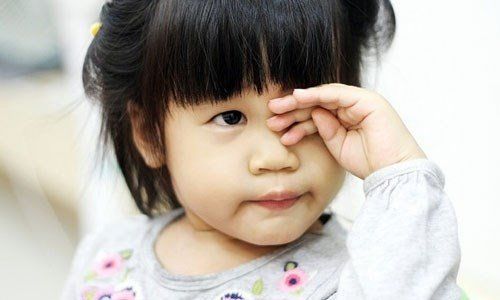
3. Prevention
In general, eyes with refractive errors are usually eyes with poor vision and in young children, it is often manifested by squinting, tilting the head and neck when looking, sometimes there may be headaches, eye pain. In the classroom, children can't see clearly what is written on the board, or bend their head closer to the book to see clearly, or copy the wrong lesson, read the wrong word can even affect the quality of learning... These cases need to be detected early and see an ophthalmologist to detect refractive errors and have appropriate treatment.For children with refractive errors, it is necessary to wear glasses regularly to help children see better and facilitate the development of complete visual function of the eyes. It is also important to remember that because a child is still developing, the refraction of the child's eyes is still changing, so it is necessary to take the child for regular check-ups and change the number of glasses to suit the refractive status of the eye. young.
As a precaution, children do not read books, work with their eyes (reading, studying) at a close distance (the appropriate distance from the eyes to the reading book is about 30-40cm is best). After 1 hour of reading or working with a computer, take a break of 5-10 minutes, gently rub your eyelids; ensure enough light when studying (with desk lamp) and light in the classroom; study posture (sitting upright, straight, not bent over the table, the desk needs to fit the body size of small children); Children also need to have a regime of rest, entertainment (outdoors) and proper nutrition so that they do not suffer from school myopia or if they have congenital refractive errors, they will not be seriously affected. children's quality of life later in life.
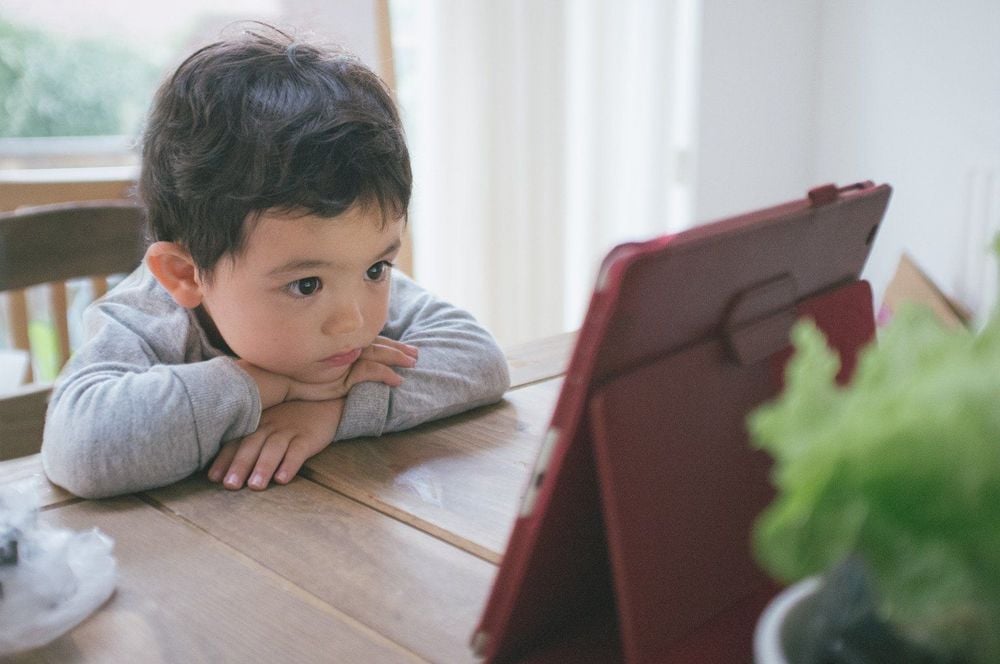
Vinmec International General Hospital offers customers a Refractive Error Screening Package for the purpose of screening for refractive errors (strabismus, nearsightedness, farsightedness, astigmatism, amblyopia) through general eye examination and usually, common, normal. At the same time, Monitor and manage periodically for 1 year for patients with refractive errors.
As a key area of Vinmec Health system, Pediatrics Department always brings satisfaction to customers and is highly appreciated by industry experts with:
Gathering a team of top doctors and nurses in Pediatrics : consists of leading experts with high professional qualifications (professors, associate professors, doctorates, masters), experienced, worked at major hospitals such as Bach Mai, 108.. Doctors All doctors are well-trained, professional, conscientious, knowledgeable about young psychology. In addition to domestic pediatric specialists, the Department of Pediatrics also has the participation of foreign experts (Japan, Singapore, Australia, USA) who are always pioneers in applying the latest and most effective treatment regimens. . Comprehensive services: In the field of Pediatrics, Vinmec provides a series of continuous medical examination and treatment services from Newborn to Pediatric and Vaccine,... according to international standards to help parents take care of their baby's health from birth to childhood. from birth to adulthood Specialized techniques: Vinmec has successfully deployed many specialized techniques to make the treatment of difficult diseases in Pediatrics more effective: neurosurgery - skull surgery, stem cell transplantation. blood in cancer treatment. Professional care: In addition to understanding children's psychology, Vinmec also pays special attention to the children's play space, helping them to have fun and get used to the hospital's environment, cooperate in treatment, improve the efficiency of medical treatment. If you need to consult and visit with experienced pediatricians at Vinmec, please book an appointment on the website to be served.
Please dial HOTLINE for more information or register for an appointment HERE. Download MyVinmec app to make appointments faster and to manage your bookings easily.





